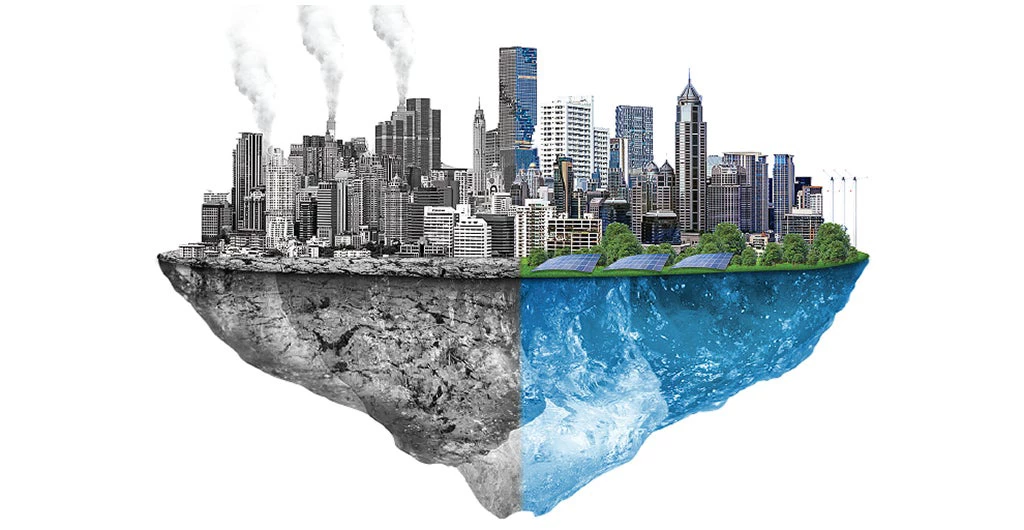Also available in: Español | Français | العربية

Cities are a puzzle for some and inspiration for others. As engines of economic growth, they are also hubs of rapid urbanization, a rising middle class, and a growing population. These three mega-trends drive global environmental degradation yet are only part of the important challenge facing cities today.
While consuming over two-thirds of global energy supply and emitting 70% of all carbon dioxide, cities are also uniquely vulnerable to climate change. Fourteen of the world’s 19 largest cities are located in port areas. With sea level rise and increased storm activity, these areas are likely to face coastal flooding, damage to infrastructure, and compromised water and food security. Under these conditions, meeting urban population’s growing production and consumption needs for food, energy, water, and infrastructure will overload rural and urban ecosystems.
To tackle these issues, the Global Environment Facility (GEF), in collaboration with the World Bank Group (WBG), launched the Sustainable Cities Program to engage 23 cities in 11 developing countries. Hailing from one of such countries, two urban development specialists working on each side of the Program explain why making cities more sustainable appeals to them.
Xiaomei Tan, Transport and Urban Development Specialist (GEF)
Growing up in the 1970’s Shanghai, a gray, unclean but exciting and convenient city, defined my impression of an urban landscape. The smog and pollution came from houses that burned coal for cooking. My home wasn’t an exception.
The grass was greener in the countryside, blessed with blue sky and vegetation. But it lacked access to modern conveniences such as toilets and running water.
Eighteen years later, a visit to Zurich, my first foreign city, was life-changing. The freshness of the air and the colors of the city impressed yet puzzled me. Why did Chinese cities give up clean air and nature for comfort?
It is at the GEF that my fascination with cities translated into practical solutions. Here, we promote sustainable urban development through better-integrated models of urban design, planning, and implementation.
As a pilot initiative, the Program aims to form a solid network of cities as global ambassadors for urban sustainability planning that brings tangible benefits locally and globally. The Program’s theory of change stems from emphasizing inclusive, evidence-based planning that engages cities beyond their traditional concept to provide a more comprehensive suite of support services.
Xueman Wang, Climate Change and Cities Coordinator (WBG)
So, how is this Program different from other existing city initiatives?
The Program’s advantage is the diversity of projects across cities. This will generate insights and lessons on sustainable city planning and financing under the Global Knowledge Platform. The main challenges, but also opportunities, are to find a common vision and approach that connect all cities. To do so, the Platform will:
- Promote a truly integrated approach to establish key indicators for tracking and measuring sustainable development, and incorporate them into urban planning;
- Enhance investment readiness in the municipal financial management, creation of investment options (city creditworthiness, municipal bonds, PPP, etc.), and preparation of investable projects;
- Aim at long-term, systematic engagement for strategic interaction with participating cities to institutionalize sustainability planning into their national and local contexts;
- Leverage existing work and networks to avoid duplication and streamline knowledge of sustainability metrics and planning practices.



Join the Conversation